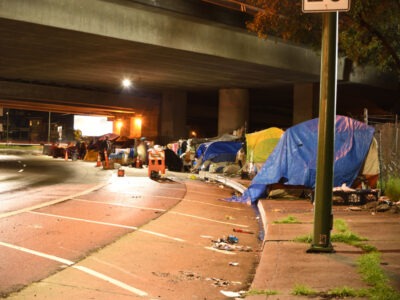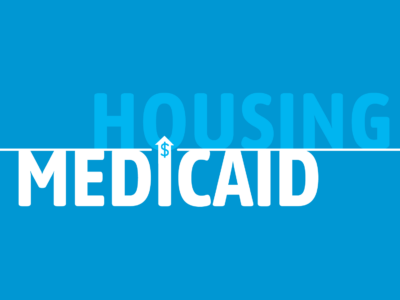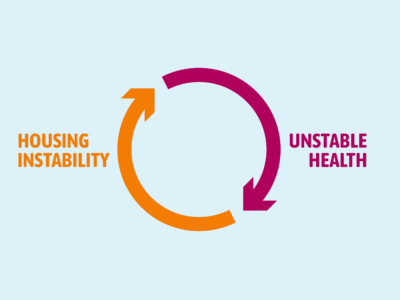Local health departments and public health agencies across the country are playing a catalytic role in helping communities measurably end homelessness.
“Addressing differences in the social determinants of health makes progress toward health equity, a state in which every person has the opportunity to attain their highest level of health. The social determinants of health have been shown to have a greater influence on health than either genetic factors or access to health care services.”
The Centers for Disease control
Homelessness is a public health crisis. Thankfully, across the country, local health departments and public health authorities have embraced their role in health equity and ending homelessness. These community leaders remained committed to advancing and upholding the overall health of their communities through coordinated, strategic programming that addresses the needs of their most vulnerable populations.
No matter the size, scope, or politics of a local health authority, there exists opportunities to collaborate and connect with local homeless response systems. The Covid-19 pandemic brought forth unique partnerships and dialogue between the two systems and our country is at a critical crossroads as we plan the path forward. Simply put, there has never been a more critical or urgent time to partner than now.
Public health leaders can develop programming and policies specifically for individuals experiencing homelessness and inform those decisions with population-level data from their local homeless response system, census, or other surveillance mechanisms. Local health leaders can embrace their role as a convener and serve as a liaison that connects their homeless response leadership to key governmental and community-based stakeholders.
VIDEO – “Public Health and Homelessness:
Intersections, Opportunities, and a Path to Partnership”
Questions to ask
● How can we create an ongoing, productive partnership between our local public health agency and homeless response system?
● Where do efforts to end and prevent homelessness show up in our local health department’s programs?
● Are our goals and programs aligned behind a commitment to population-level reductions in homelessness as the critical measure of health equity and population health in our community?
● How will this support the community’s shared aim of functionally ending homelessness?
● Is real-time, by-name data from HMIS informing these decisions? What data is informing these decisions on the public health side?
Actions to take
1. Create a space for dialogue, conversation, and learning between your team and your local homeless response system.
Build and maintain the connections necessary to ensure a path to collaboration with your local homeless response system.
2. Find out your community’s shared aim around population-level reductions in homelessness and help promote and protect it.
Explore your local homeless response system’s subpopulation goals and see how they overlap with your own population health targets.
3. Create accountability for addressing homelessness within your agency or department.
Document and declare your intentions to meaningfully contribute to the systems that can end homelessness in your community.
4. Create accountability for measurably ending homelessness across your entire community.
Leverage your influence to create accountability for key actors — including but not limited to funders, elected officials, and other peer institutions — to measure and drive success at the population level.
5. Engage a cross-sector learning collaborative that includes people with lived experience of homelessness, as well as representatives from your team, the local homeless response system, local health care and hospital systems, and more.
Gather stakeholders with diverse backgrounds and interests to stress-test policy and program ideas with a group of individuals with lived experience of homelessness or actively homeless individuals.
Read more about public health departments and leaders working to end homelessness:
Homelessness is solvable.
Communities in the Built for Zero movement are proving it.






